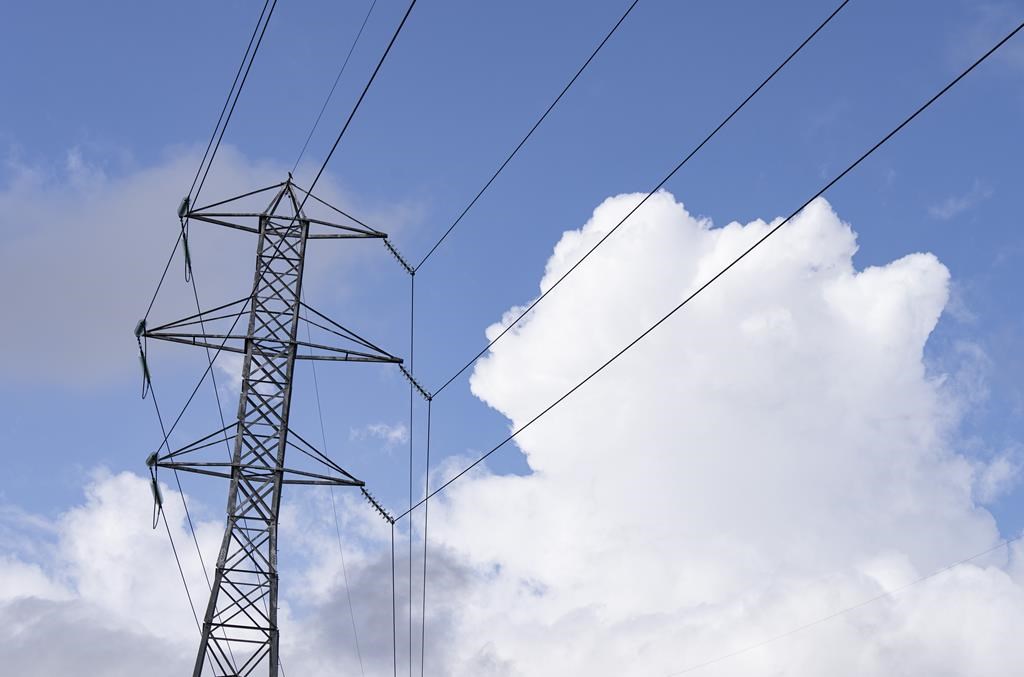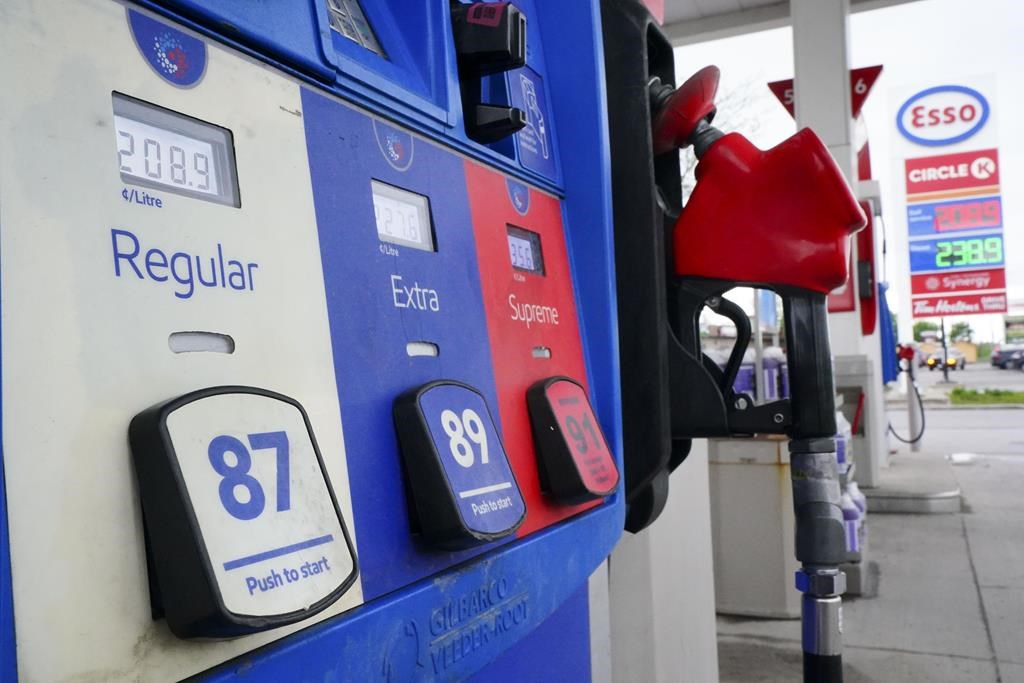Nova Scotia’s offshore oil dream awaits better news: ‘It doesn’t look good’
Posted Jan 18, 2017 12:50 pm.
Last Updated Jan 18, 2017 1:20 pm.
This article is more than 5 years old.
HALIFAX – Shell’s decision to seal two exploration wells off Nova Scotia has set back the province’s dream of offshore riches, but analysts say it’s early days in what may prove to be a complex geological hunt.
Wade Locke, a resource economist at Memorial University says Shell’s confirmation this week it’s abandoning the Monterey Jack well, along with news its Cheshire deepwater well did not have commercial quantities of oil, are not confidence boosters.
“It doesn’t look good. That’s not a good sign,” he said in a telephone interview from St. John’s, N.L.
Back in 2003, optimism abounded that as the plays in shallower waters such as the Sable Offshore Energy Project wound down, the efforts in deeper waters would yield oil and keep royalties flowing and jobs on rigs and research vessels.
The provincial government enthusiastically unveiled a strategy titled “Seizing the Opportunity.”
“New offshore projects would set the stage for new industrial developments, and offer opportunities for exporting the surplus,” it predicted.
But Locke — who has observed the East Coast industry for decades — says much has changed over the past decade, and not for the better in the marginal economics of Nova Scotia’s offshore efforts.
He says higher oil prices are needed to encourage deepwater offshore projects, with long-term prices of $80 to $90 per barrel as a realistic benchmark for offshore developments, rather than current prices of about $55.
The distances from shore of more than 200 kilometres and the technical challenges of drilling in waters over two kilometres deep raise the costs and complexities of the projects as well, he adds.
Shell has an option to drill additional exploration wells in parcels of land it bid on before the Canada-Nova Scotia Offshore Petroleum Board, but has not announced plans yet for further activity.
Locke says that silence is worth noting: “If there was commercial potential, they wouldn’t have stopped (drilling).”
Petroleum geologist Grant Wach, a professor at Dalhousie University, has said the search for oil off Nova Scotia’s deeper waters is in its early days and it’s too soon to judge the fallout from the two sealed wells that have provided data for companies to pore over.
He’s noted that more than two dozen exploration wells were drilled before Hibernia was confirmed as a major discovery on Newfoundland’s Grand Banks.
However, Locke recalled there were major federal incentives in that era and worries about oil security — and the age of concerns about climate change and the imposition of carbon taxes was far in the future.
“We had gone through the oil price crisis of 1973-74, and Newfoundland was a potential source of oil … and the federal government covered a huge chunk of the drilling costs because we wanted Canada to have a secure supply,” he said.
Locke said plans in Nova Scotia to offer up a parcel of land in offshore areas off Cape Breton known as the Sydney basin and Orpheus-Graben will be an important sign on whether confidence is returning.
The regulator has said it intends to open up the area for bids later this spring after the board approves the plan.
“If people put a lot of money into investing … and drill a well or two, that will tell you there is positive outlooks, and if not, that tells you outlooks aren’t positive at all,” Locke said.
Stuart Pinks, the chief executive of the Canada Nova Scotia Offshore Petroleum Board, said “it would appear unlikely” there will be further oil exploration in Nova Scotia in 2017.
He says the Shell effort can be seen as the beginning of a new phase in prospecting the offshore.
“You know there was a hiatus for a number of years. We’re at the front end of a new exploration phase,” he said.
He also notes the companies can keep the information they’ve gained private for up to two years, while other projects are yet to be completed.
“All wells are required to be terminated and abandoned by regulation. You have to careful not to read too much (into it),” he said.
Meanwhile, he said the next possible exploration is BP Oil’s plan to drill a well in 2018 in deep waters. A spokeswoman for the company didn’t provide a specific timeframe for the project, other than to confirm plans are continuing.
Carl Makrides, the director of resources with the offshore board, said the maximum number of BP wells would be six under its plan. Statoil has acquired two licences but hasn’t made any applications yet for any geoscience programs or exploration, with the first licence expiring in Jan. 14, 2022.
The bidding on the Sydney basin and the Orpheus-Graben basin goes out in April or May, and likely conclude in the fall, said Makrides.
Makrides said if there are successful bidders, it would likely be years before there is seismic and drilling exploration.










